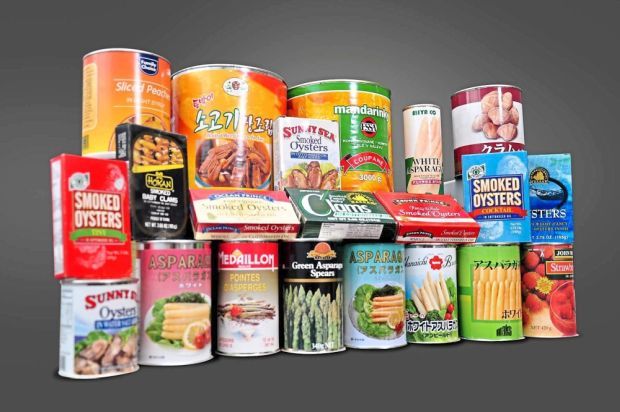Have a system for storing food in the fridge. — Filepic
Most of us don’t think twice about stuffing everything into the fridge, be it leftovers, fruits, vegetables or raw items. And then, there’s also the dry food cupboard where we can hoard even more things!
Some of you might be a little more diligent and take the trouble to wrap the vegetables, as well as separate different products into different compartments.
But you know, paying a little more attention to some general storage rules and looking into food safety will go a long way to ensure food is kept in better condition and lasts longer, and won’t pose any health hazard. It also means you don’t end up throwing away as much, so there’s less wastage and it’s also better for the environment!
1: Keep cooked food above and raw food (which you might have taken down from the freezer to thaw) on the shelf below in the refrigerator. You don’t want the possibility of the liquid from the raw meat dripping into your ready-to-eat items, causing food poisoning.
2: Have a system where food that was first kept in the fridge, will be the first to be taken out. Otherwise, you’ll have a case where you might find some forgotten cake from last month’s party, or leftovers from a week ago stuffed right in the back. And all these eventually end up in the bin – waste food, waste money.
3: It would be good to designate certain shelves in the fridge for certain foodstuff. For example, keep all the sauces, condiments like butter, jam and similar items on the first shelf; leftovers or ready-to-eat products on the second shelf, and so forth. Not only will it be easier to look for things, there will be lower chances of contamination.
4: Ideally, the cupboard meant for dry products should be kept in or near the kitchen for easy access. Make sure the space is kept dry to prevent spoilage as dry food stuff will react to high humidity and water seepage.
5: This goes without saying although we don’t always have this under our control. Keep the place where you store your food clean and free from insects (ants, bugs, cockroaches and lizards) and rodents, and ensure that there are no openings where they can sneak in and get at your food.
6: It’s a common problem to end up with expired canned food or instant noodles if you tend to buy these in bulk, and don’t get to use them all fast enough. Make a note of the expiry dates of the dry goods, keeping the ones that were bought first at the front so that they are used up first.
7: Non-perishable products like canned food, dried beans and bottled sauces can last a long time without going bad. But if they’re not stored right (bottle caps not closed properly, moisture gets in, cans get bloated, etc) or under right temperatures, then they may lose quality over time.
8: Semi-perishable items like flour and seeds such as chia seeds, sesame seeds and poppy seeds can last for six months or more if sealed or kept in air-tight containers. It is even better if they are vacuum-packed and kept frozen, as they can last for ages, though finding space in the freezer may be a problem.









